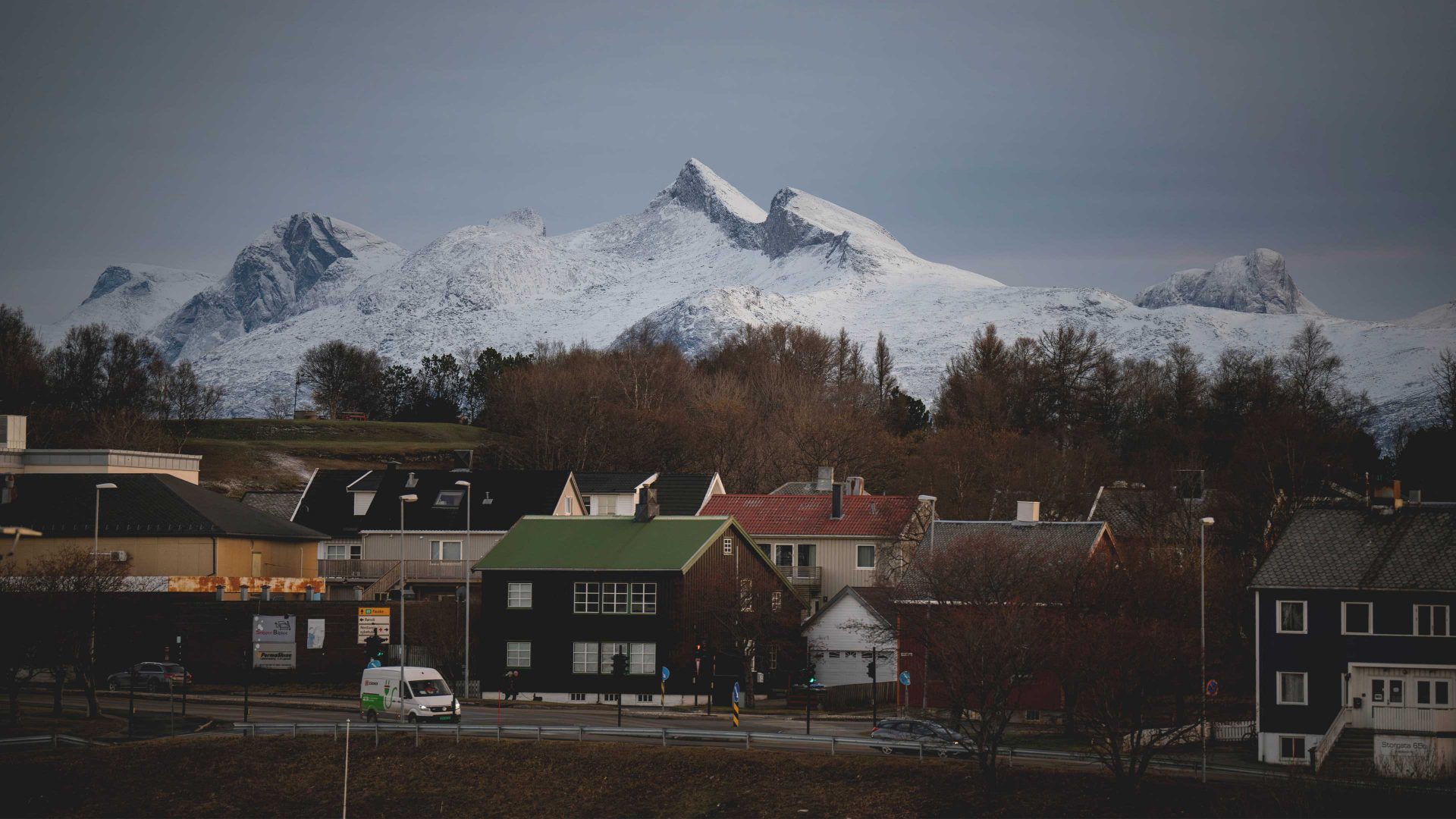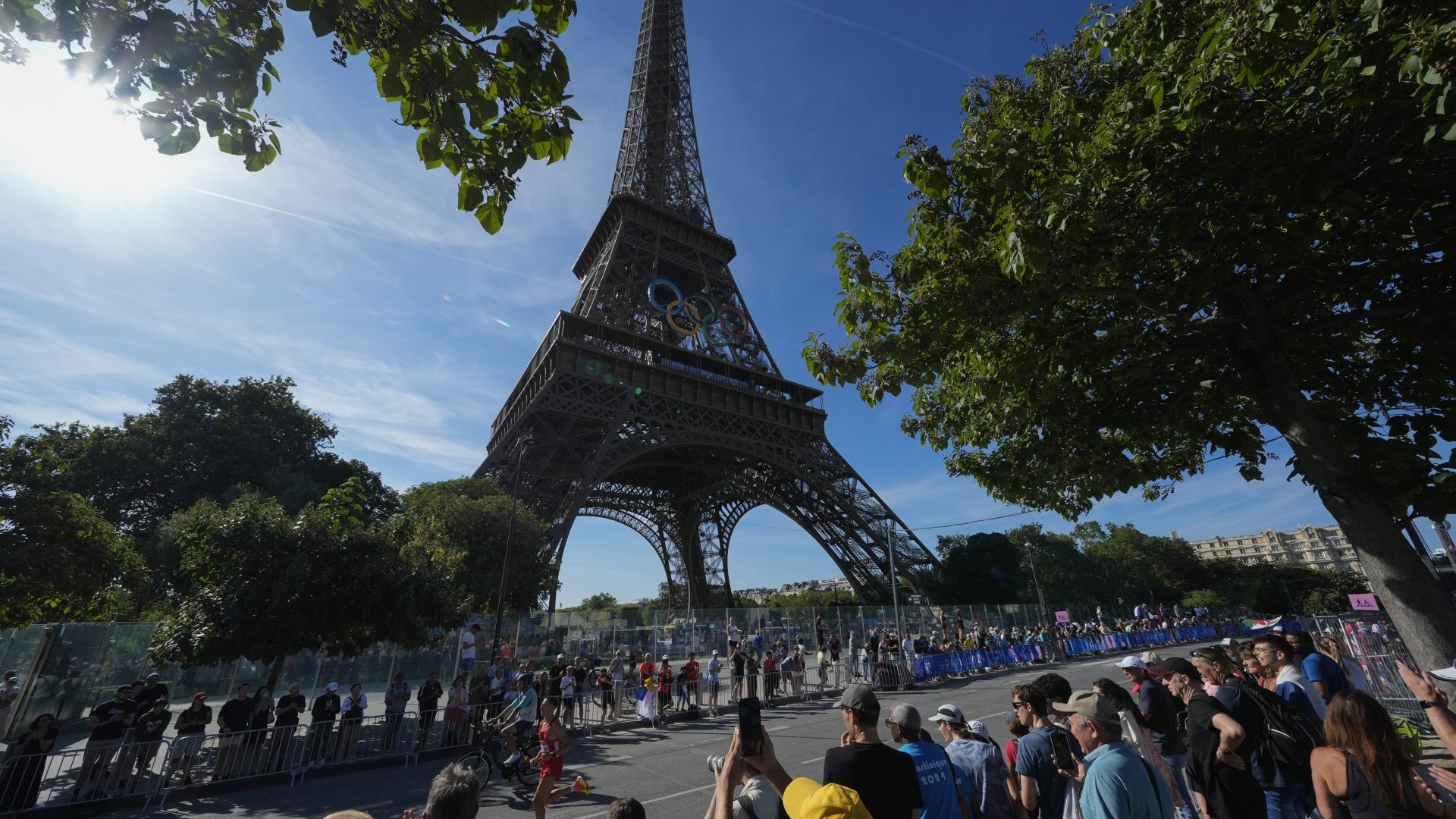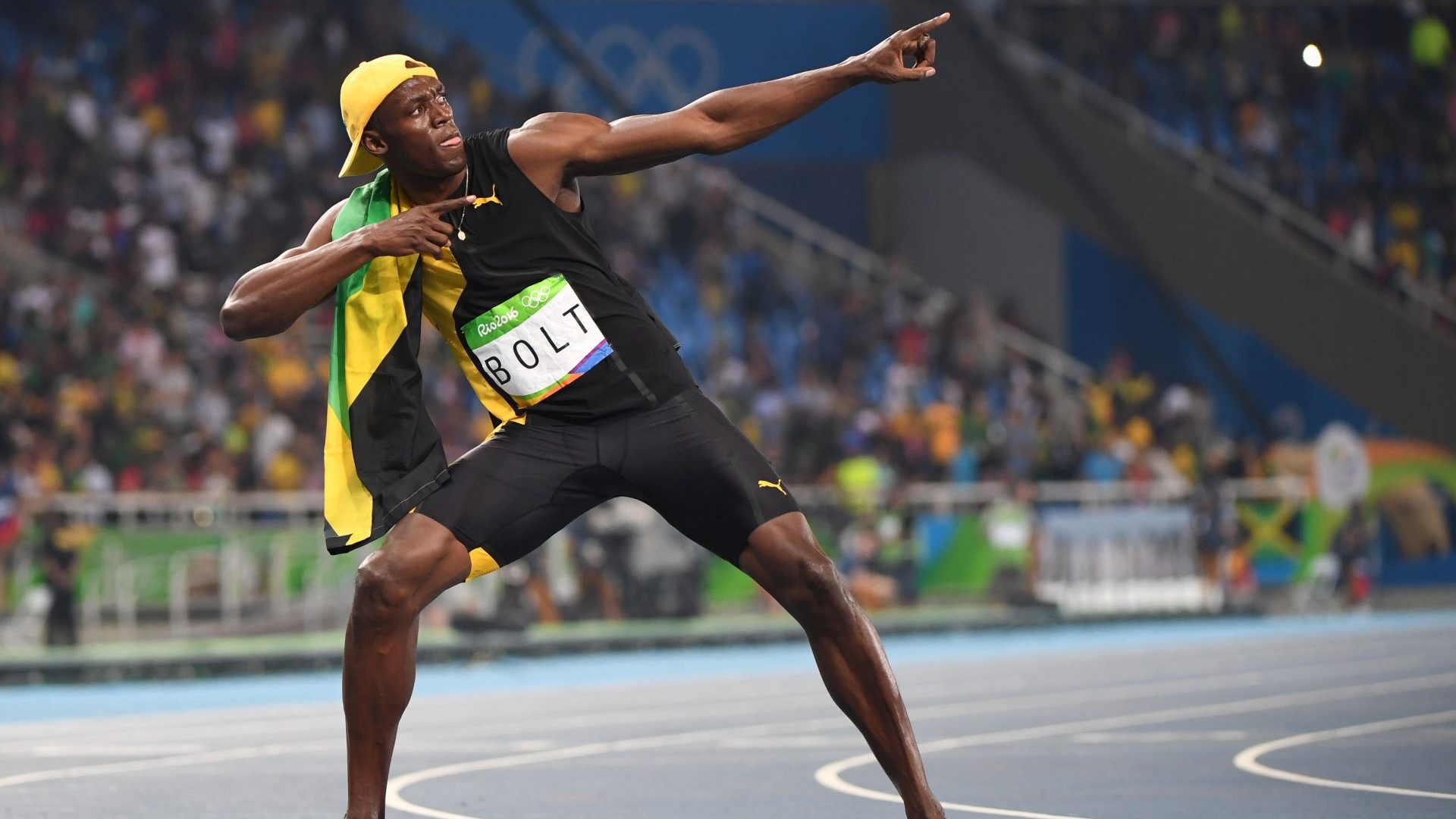Welcome to Bodø, European Capital of Culture for 2024: population 50,000. A Norwegian coastal town just inside the Arctic circle, Bodø is a mix of fishing harbour, gateway to the Lofoten Islands and a centre for the arts and local government for the entire county of Nordland.
And it is very, very scenic. It’s like flying into a film: seascapes, vast skies, an archipelago of monumental islands, and a town of practical homes and businesses built with the weather in mind. Think Whisky Galore! with aquavit.
In addition to collectors, curators and critics, as part of its cultural year Bodø is hosting Queen Sonja of Norway, the celebrated German artist Anselm Kiefer, Simon Schama and Julia Peyton-Jones, former director of the Serpentine Gallery. It’s as if a marvellous flock of flamingos has landed in the Outer Hebrides.
There is a heart-warming quality to the Capital of Culture programme, something counterintuitively bonkers about a scheme in which under-resourced, de-industrialised cities are given a much-needed boost by hosting symposiums on the finer points of etching. It’s levelling up, conceptually. And it can pay dividends.
I can see both the potential for farce and the possibilities for growth in the venture. On the nearby mountain of Ronkjfellet, the spectacular Wood Hotel – a huge Jenga-like construction that opened just weeks earlier – finds itself tending to the whims of the art crowd (my cappuccino milk was frothed in a tea pot, possibly the loveliest moment of my year). In the rooftop infinity pool, a few bobbing journalists can’t believe their luck. At breakfast, the view is a real marmalade dropper.
Queen Sonja, a major arts patron both within and outside Norway and a printmaker herself, is in town to present her biannual print award, the largest of its kind. This year’s winner, Tomas Colbengtson, is a Sámi artist whose work deals with “the societal issues faced by indigenous communities”. The year of culture, he says, only furthers “international awareness” of the Sámi experience.
Gale warnings require the prize-giving to be shifted from an outdoor stage to Bodø’s Stormen Concert Hall. And, sure enough, the elements rip: the curator’s elegant scarves begin billowing like wind socks. Inside, the audience got a flavour of the region’s music, from Kari Bremnes’ jazz-rock to Mari Boine’s contemporary take on traditional Sámi joik singing. Kiefer, meanwhile, received a lifetime achievement award for his vast woodcut prints.
At the town hall, Bodó’s mayor, Odd Emil Ingebrigtsen, explains that with a budget of 310m Norwegian Kroner (£23m) funding around 1,000 events in all cultural fields, he hopes the year will help to rebuild the town’s fortunes following the closure of the regional military base in 2012. Currently, the Northern Lights are the chief attraction. “The bottom line from the EU is that it’s a peace project, because they think if people know each other they are less likely to go to war,” says Ingebrigtsen. “But for us, it’s about making people more proud of the city.”
In the hotel, I bump into Magne Furuholmen, keyboardist for Aha and a visual artist. The rugged coastline of Nordland is rooted in the Norwegian psyche, he says. During the pandemic he bought a farm in the area.
The following day we assemble at Stormen to hear Simon Schama’s speech on the history of printmaking.
A rumour circulates that Schama has got locked in his hotel room. But he arrives – unflappable and full of bonhomie – to enlighten a rapt audience on how prints have long reflected, and reproduced, the realities of war and trauma. The medium is germane to our times, he notes.
The logic of the scheme might seem indistinct, but against the odds, and the climate, here in the land of the midnight sun it really shines. I think the secret is sincerity. In Bodø, the works – seen, heard, read – and the ethos projected all feel in accord with the people and the place.
Following the lecture, over a lunch of reindeer, I ask Schama for his thoughts on the Capital of Culture programme. He points out that most of Bodø was out for the prize-giving concert. So, he says, “long may it last”.
Christian House is a freelance arts and literature journalist



